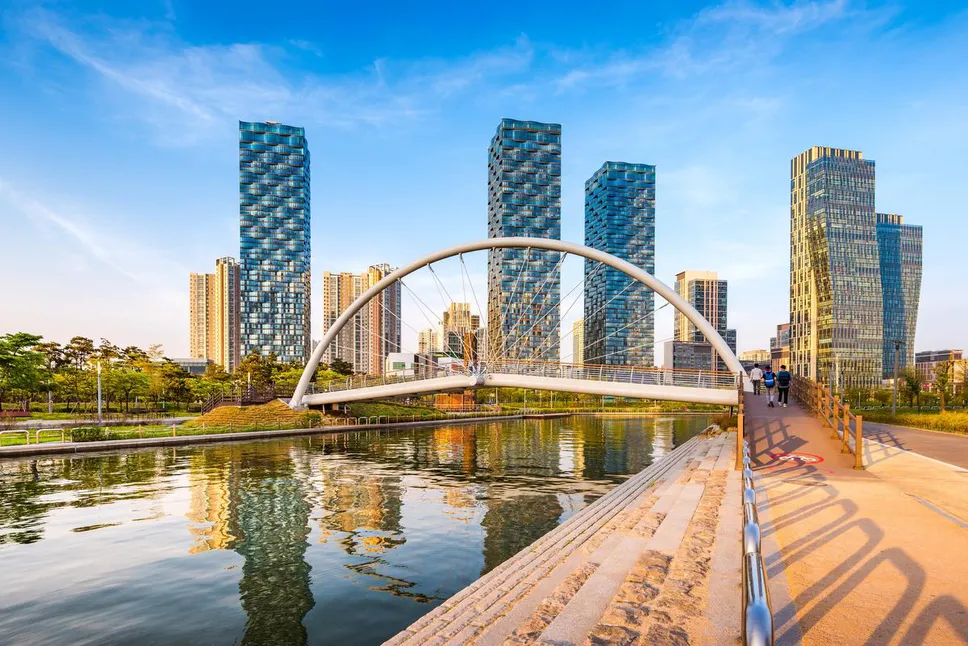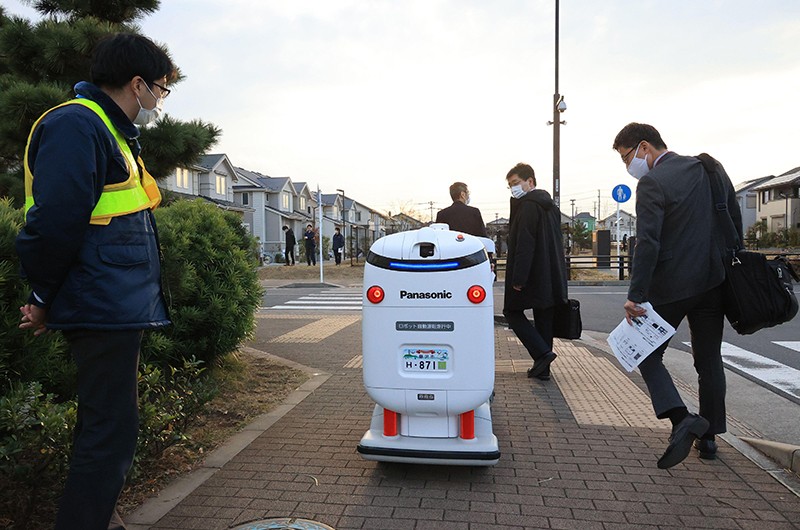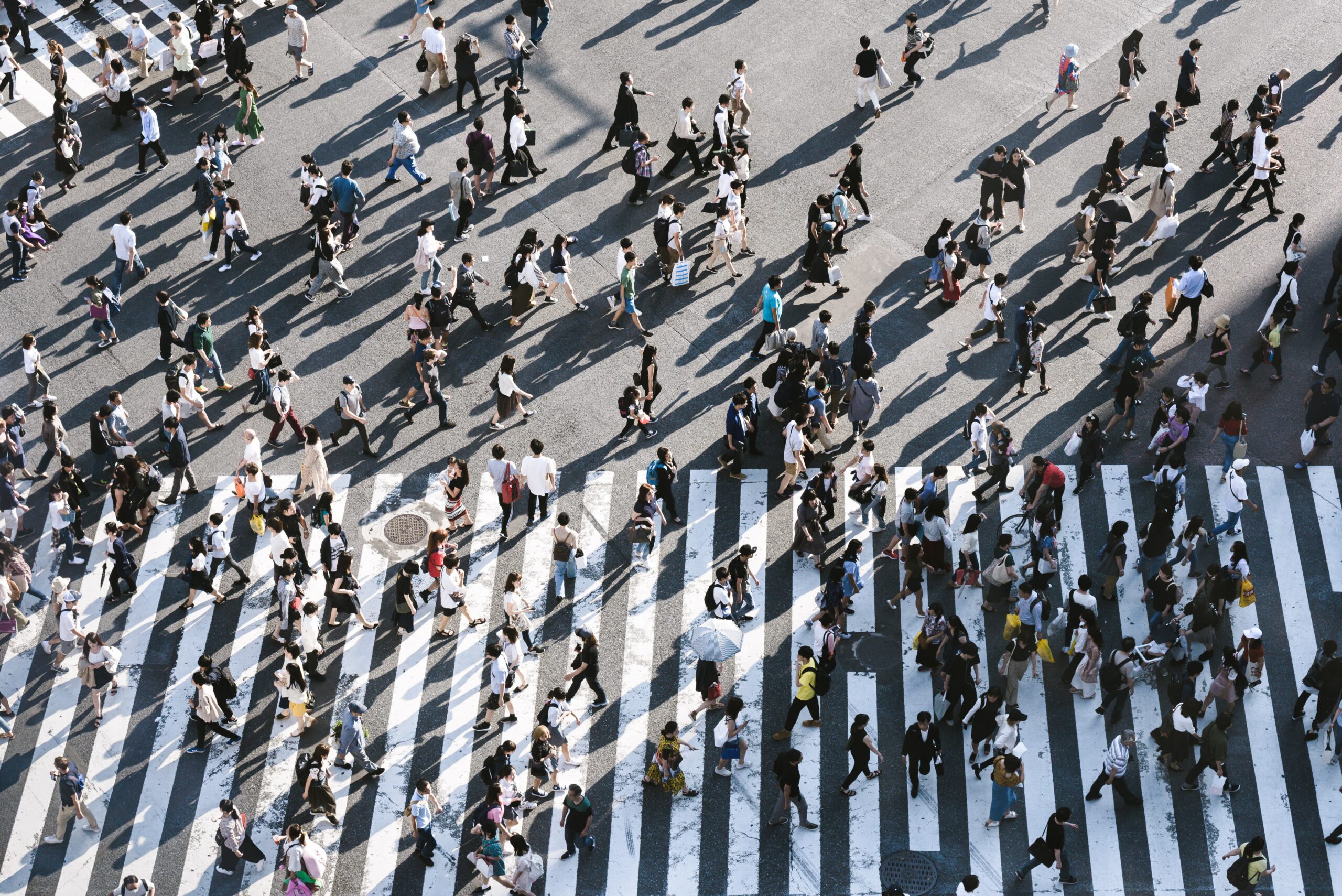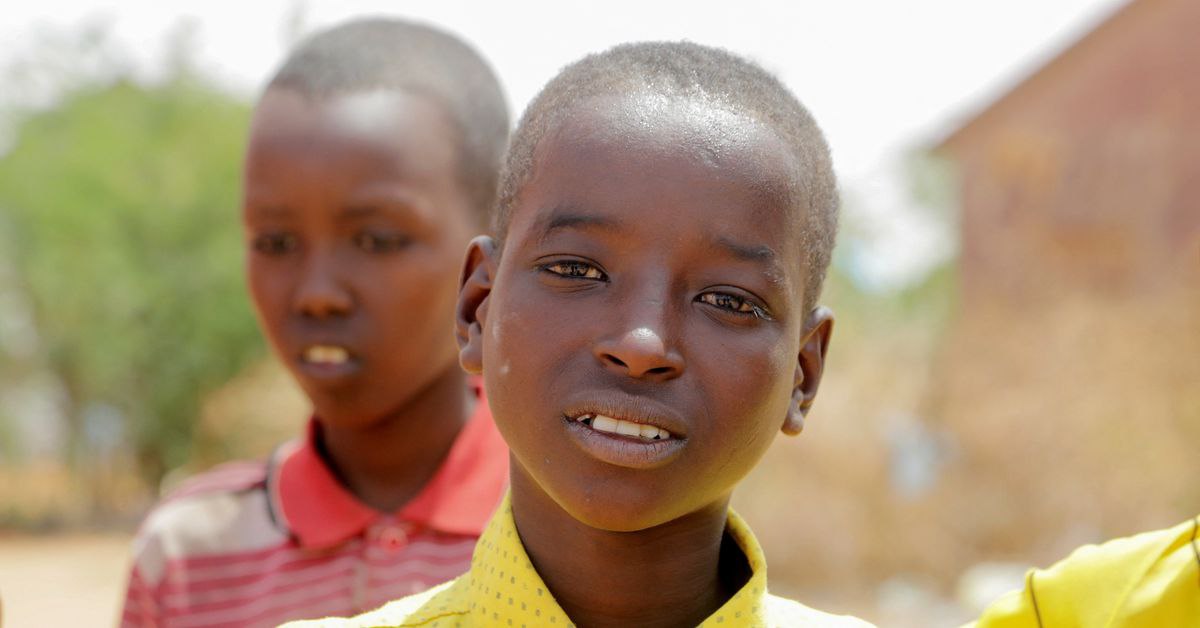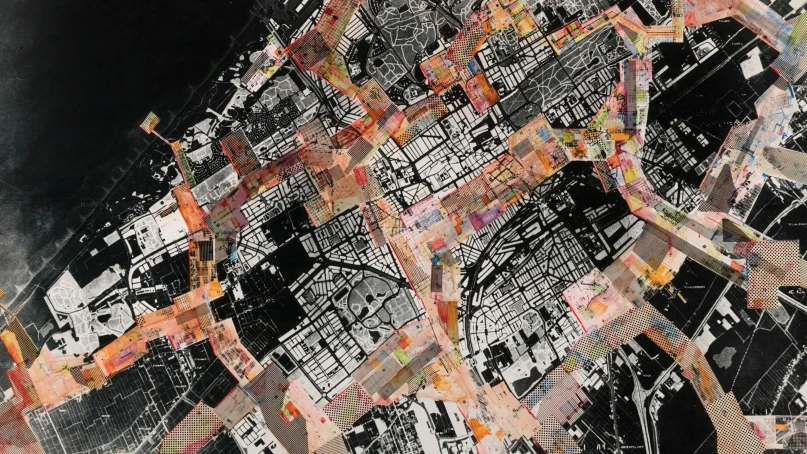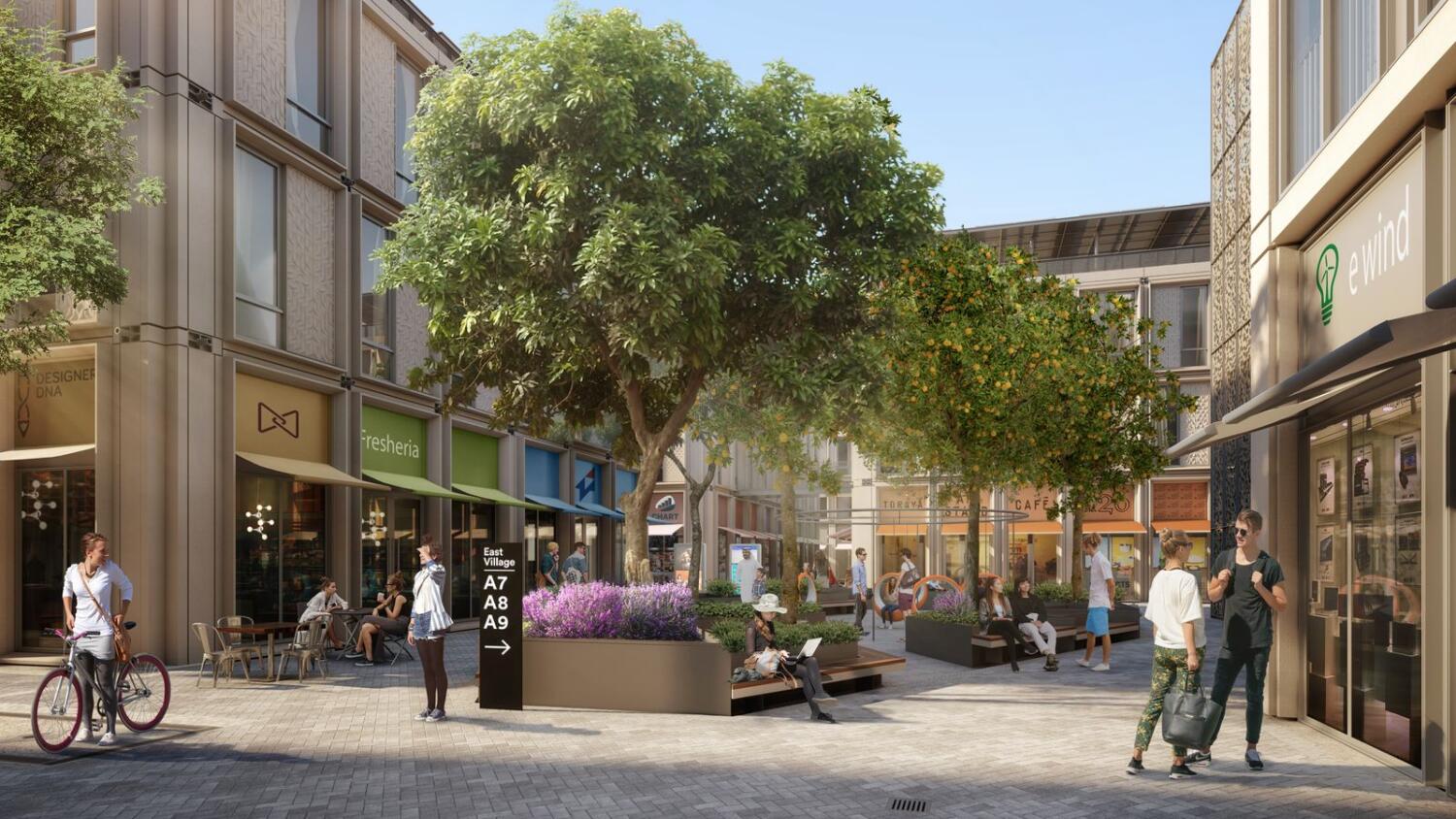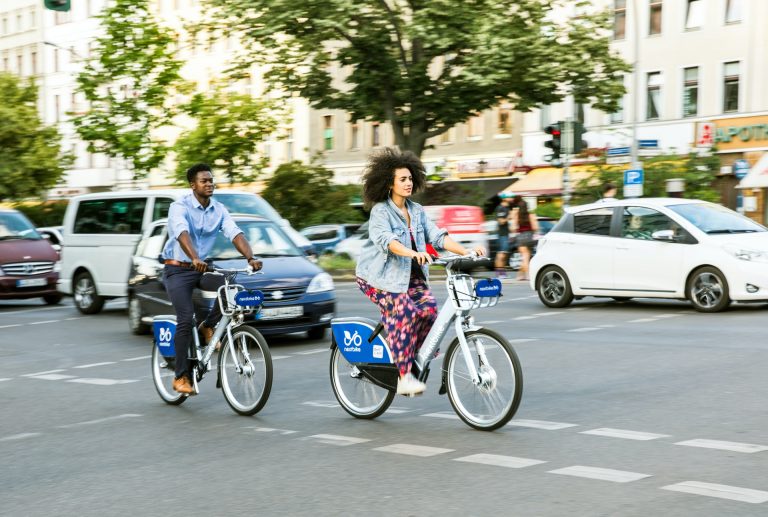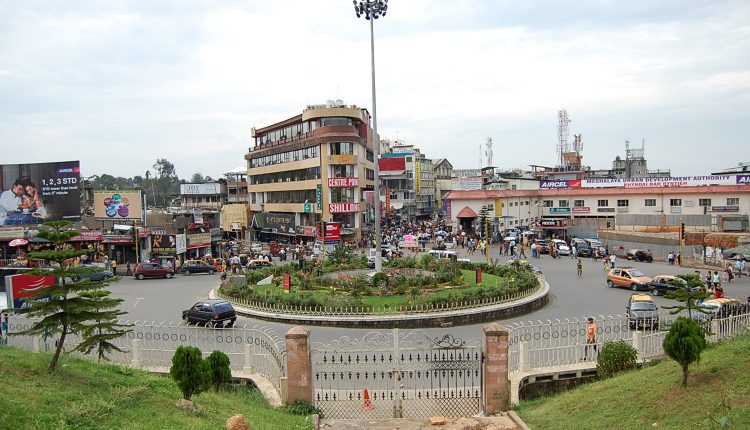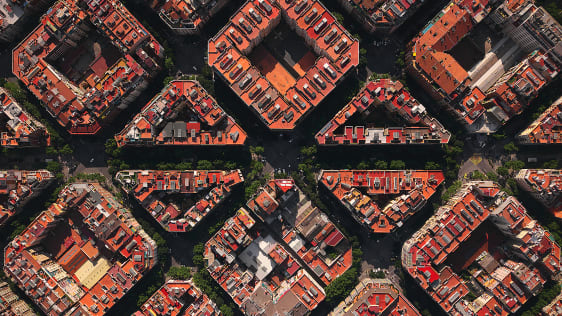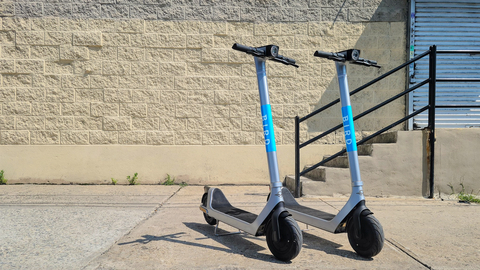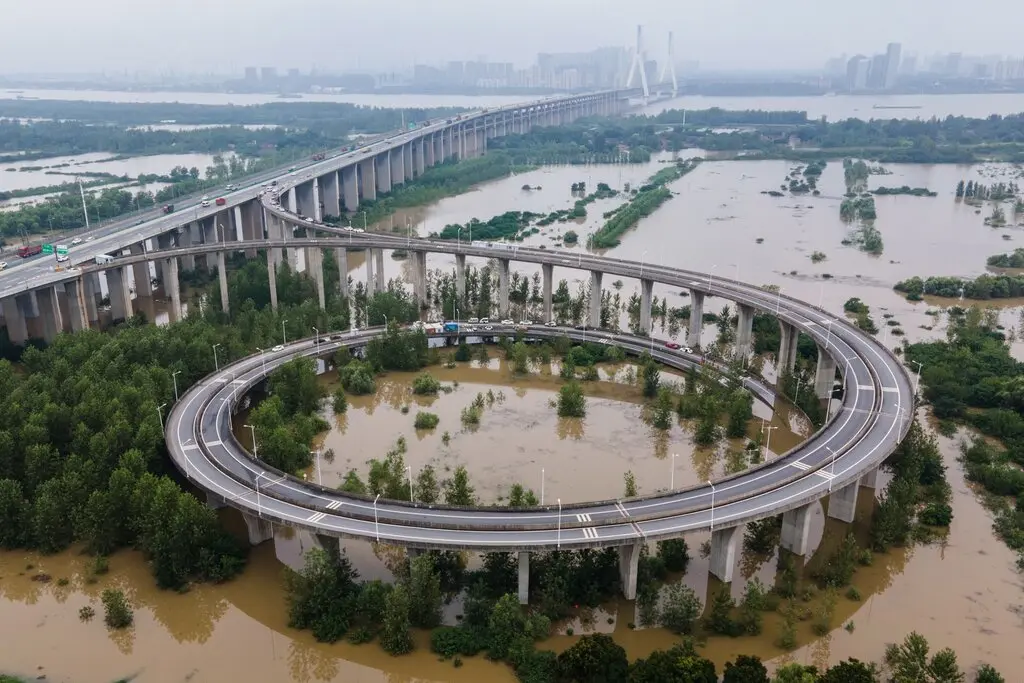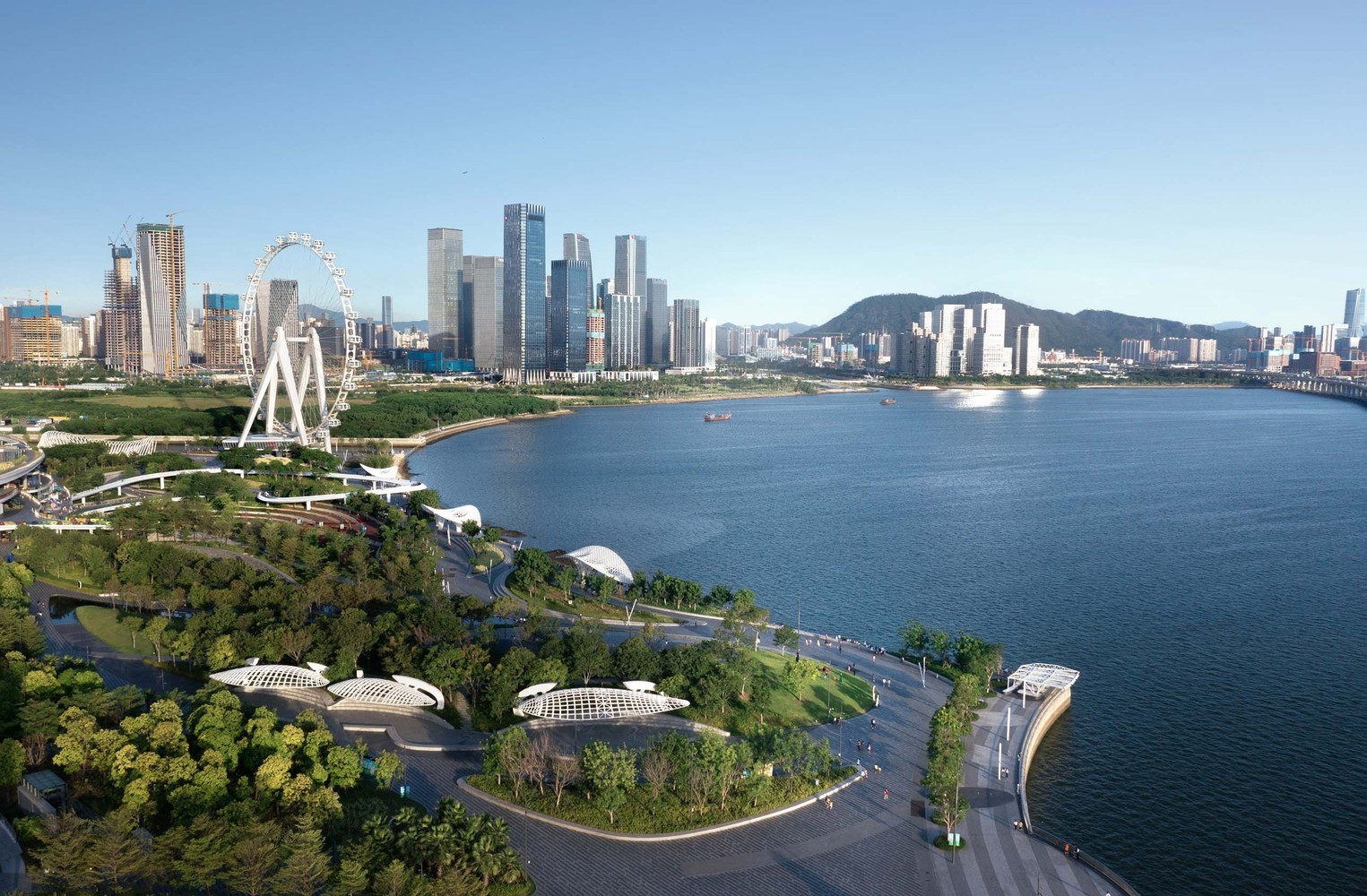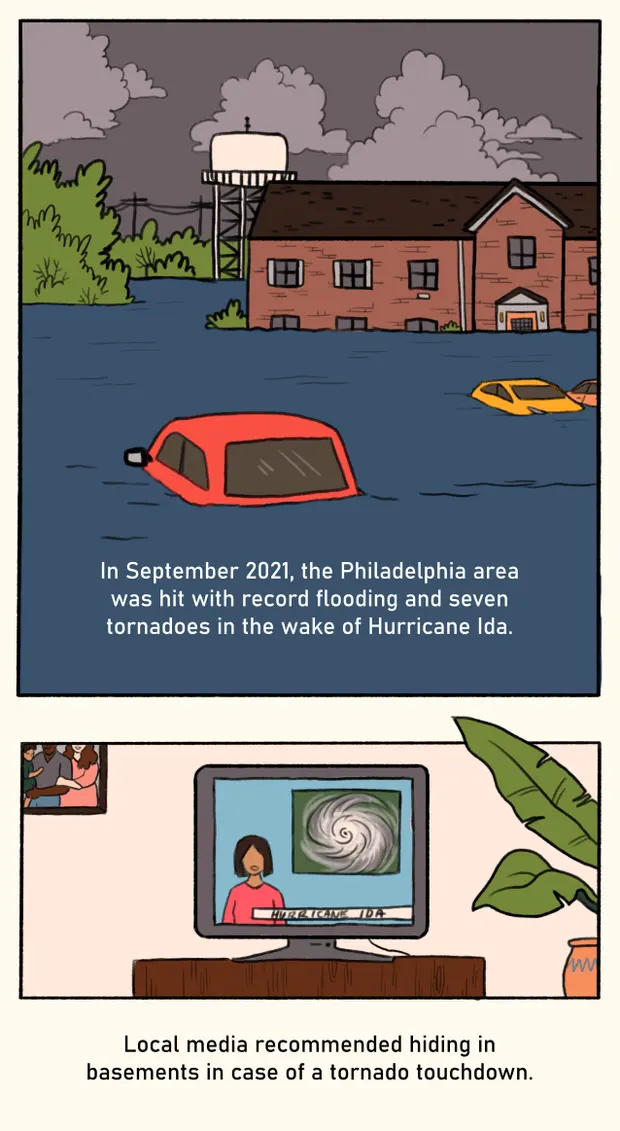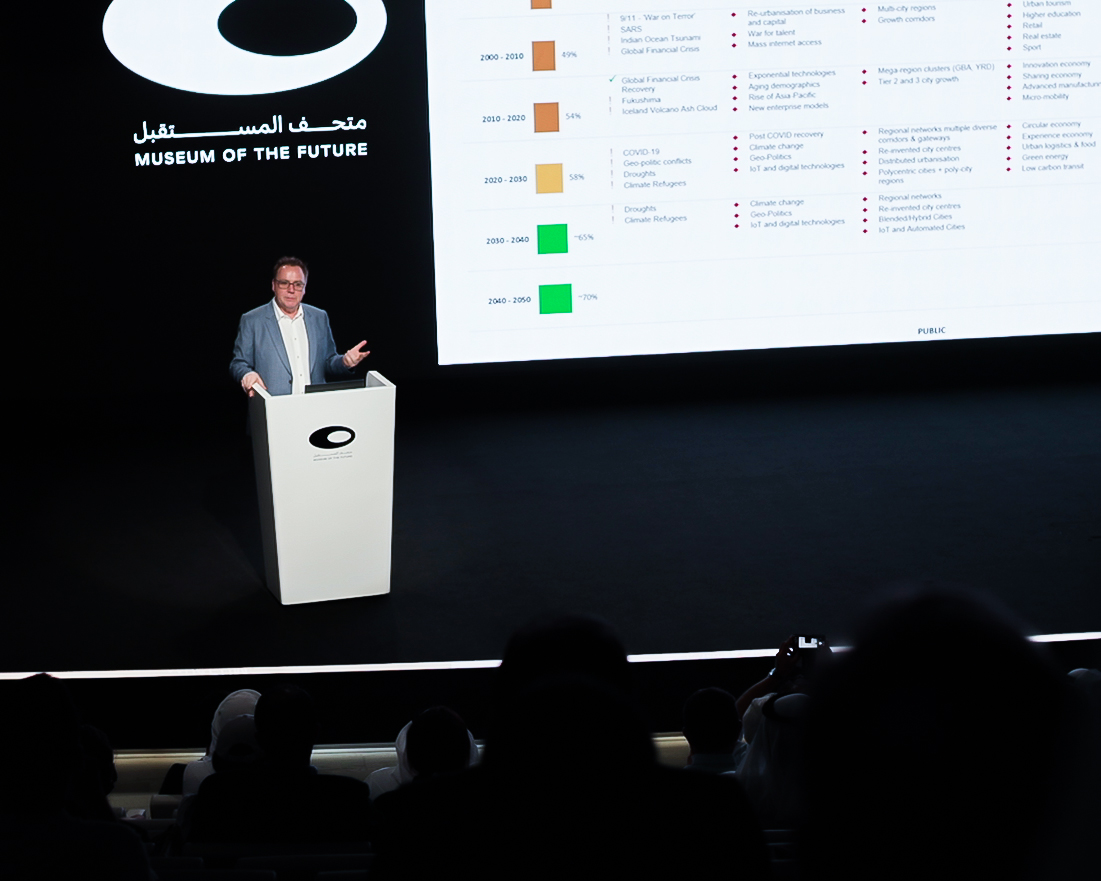
The world’s cities are changing. Paris’s Champs-Élysées, one of the most gridlocked roads in the world, is going to become a giant garden. Barcelona has closed off its oldest quarters to cars. And now Milan is on the path to becoming the world’s first 15-minute city (read on to find out what that means).
It seems the pandemic, for some, became a moment to reimagine how we see the future of our oldest cities. Why? Well, there was a small exodus out of our urban spaces during the pandemic. It was the slightest of pauses in the net migration from rural to urban areas that has taken place for decades. Those who could afford to leave left. For those who remained, the lockdowns and restricted movement shone a harsh light on most cities’ biggest flaws: clogged roads, polluted air and a dearth of green, communal spaces.
+INFO: Science Focus
IMAGES FROM Science Focus




